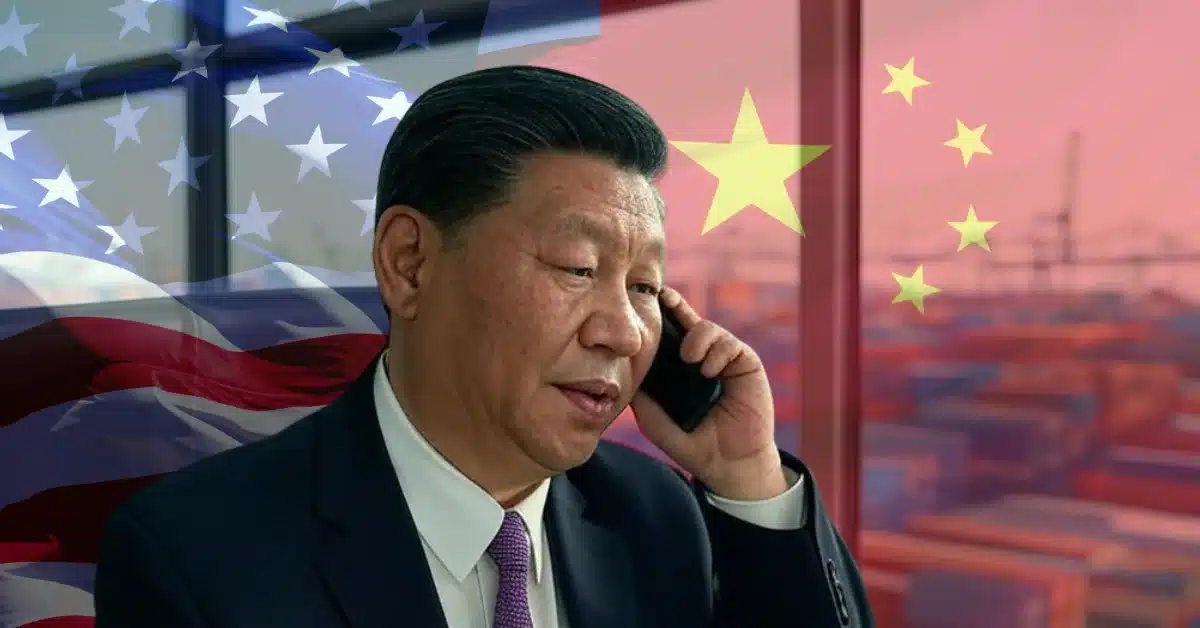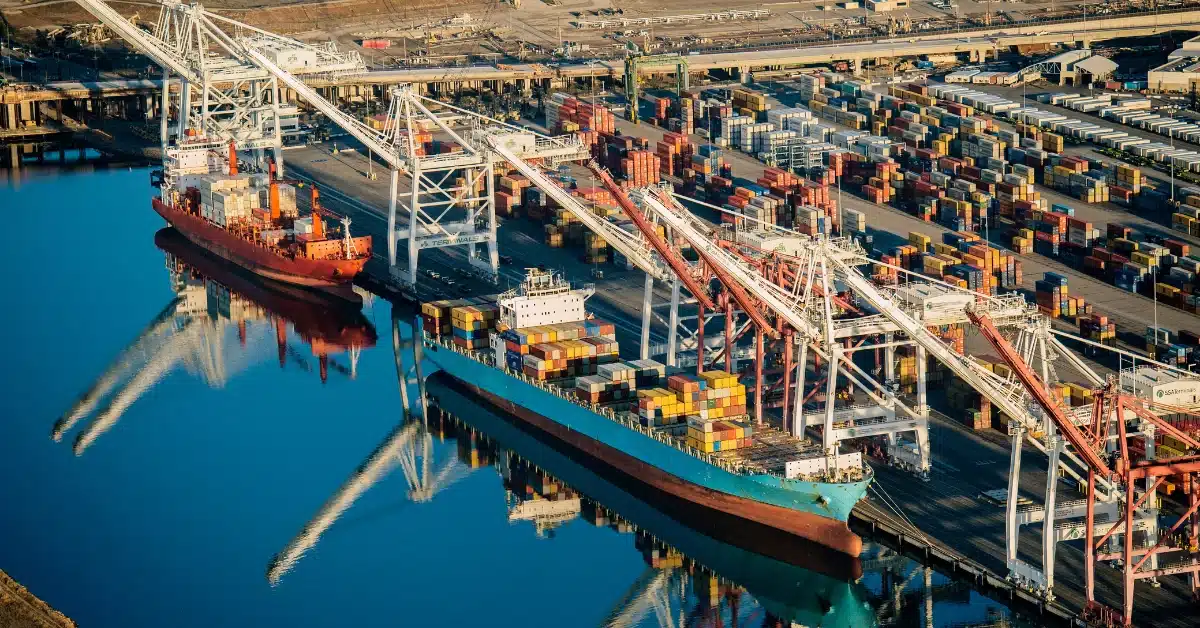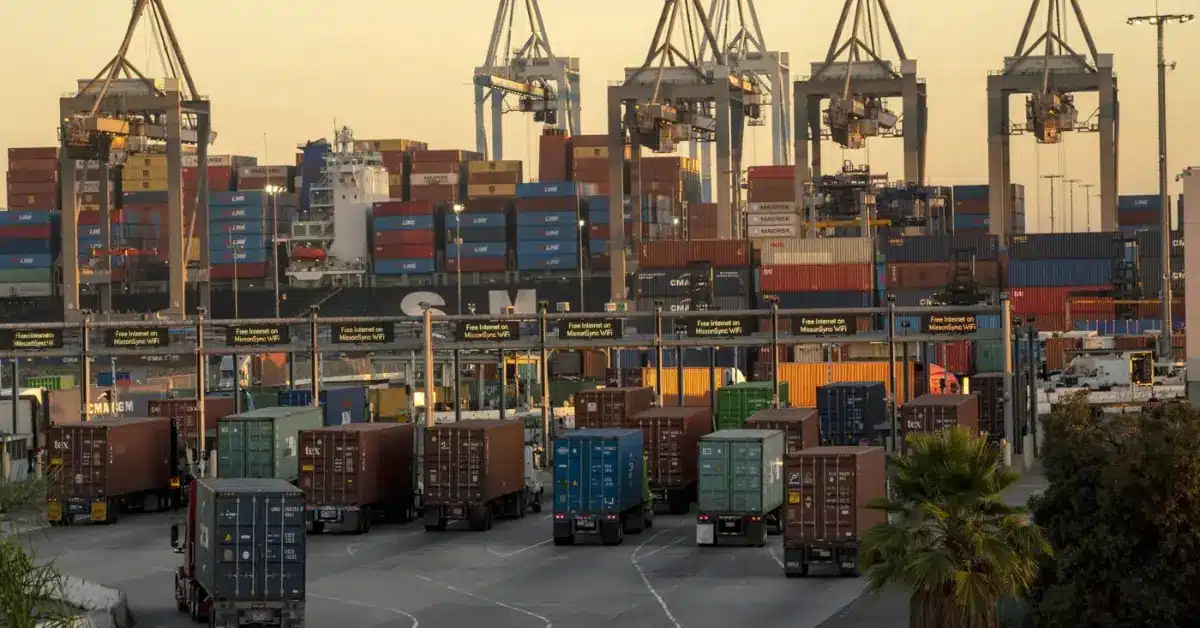China Escalates Trade War: 125% Tariffs on U.S. Goods and Global Supply Chain Impacts
Table of Contents
In April 2025, the trade tensions between the United States and China reached a new peak. China announced a significant increase in tariffs on U.S. goods, raising them from 84% to 125%. This move was a direct response to the U.S. escalating its tariffs on Chinese imports to 145%. The tit-for-tat tariff increases have not only strained the bilateral relationship but have also sent ripples through global markets and supply chains.
Background of the Trade Dispute
The trade conflict between the U.S. and China has been ongoing for several years, marked by rounds of tariffs and retaliations. The latest escalation began when the U.S. implemented a 10% baseline tariff on imports from most countries, with higher rates for specific nations, including a 145% tariff on Chinese goods. China’s response was swift, imposing a 125% tariff on U.S. imports, effectively making many American products non-competitive in the Chinese market.
Impact on Key Industries
Agriculture
U.S. farmers, particularly soybean producers, have been significantly affected. China, a major importer of U.S. soybeans, has reduced its purchases, leading to surplus stock and declining prices for American farmers. The American Soybean Association expressed concerns over the long-term repercussions on their industry.
Pharmaceuticals
The pharmaceutical industry is also feeling the pressure. Popular U.S.-made drugs for conditions like cancer and diabetes now face steep tariffs in China, potentially leading to higher prices and limited availability for Chinese consumers.
Technology and Electronics
While some electronics, such as smartphones and computers, have been exempted from the new tariffs, the broader tech industry remains vulnerable. Companies are reassessing their supply chains and considering relocating manufacturing to other countries to mitigate the impact.
Global Market Reactions
The escalating trade war has led to volatility in global markets. Stock indices have experienced fluctuations, and businesses are facing uncertainty regarding future trade policies. The increased tariffs have disrupted supply chains, leading to delays and increased costs for companies worldwide.
Political and Diplomatic Responses
Chinese officials have criticized the U.S. tariffs, labeling them as “economic bullying” and warning that such measures will ultimately harm American consumers. The Chinese government has stated that it will not respond to any further U.S. tariff hikes, indicating a potential stalemate in negotiations.
On the U.S. side, the administration maintains that the tariffs are necessary to address trade imbalances and protect domestic industries. However, there is growing concern among businesses and consumers about the long-term economic implications.
Strategies for Businesses
In light of the escalating tariffs, businesses are adopting various strategies to mitigate risks:
- Diversifying Supply Chains: Companies are exploring alternative sourcing options in countries not affected by the tariffs.
- Adjusting Pricing Strategies: To offset increased costs, some businesses are revising their pricing models.
- Investing in Technology: Automation and digital tools are being utilized to enhance efficiency and reduce dependency on specific markets
Conclusion
The intensifying trade war between the U.S. and China, marked by the recent increase in tariffs, poses significant challenges for global trade and economic stability. Businesses, consumers, and policymakers must navigate this complex landscape, seeking strategies to mitigate risks and adapt to the evolving situation.
Frequently Asked Questions (FAQ)
What prompted China to raise tariffs on U.S. goods to 125%?
A1: China’s decision was a direct response to the U.S. increasing tariffs on Chinese imports to 145%, aiming to counteract the economic impact of U.S. trade policies.
Which U.S. industries are most affected by China’s retaliatory tariffs?
A2: Agriculture (especially soybean farmers), pharmaceuticals, and certain sectors of the technology industry are among the most impacted.
How are global markets responding to the escalating trade war?
A3: Markets have experienced increased volatility, with businesses facing uncertainty and adjusting their operations to cope with the changing trade environment.
Are there any exemptions to the new tariffs?
A4: Yes, some products, such as certain electronics like smartphones and computers, have been exempted to reduce the impact on consumers and businesses.
What steps can businesses take to mitigate the impact of the tariffs?
A5: Strategies include diversifying supply chains, adjusting pricing, investing in technology, and exploring new markets to reduce dependency on affected regions.






